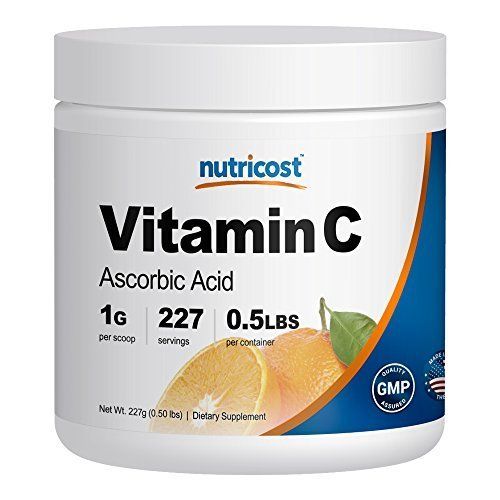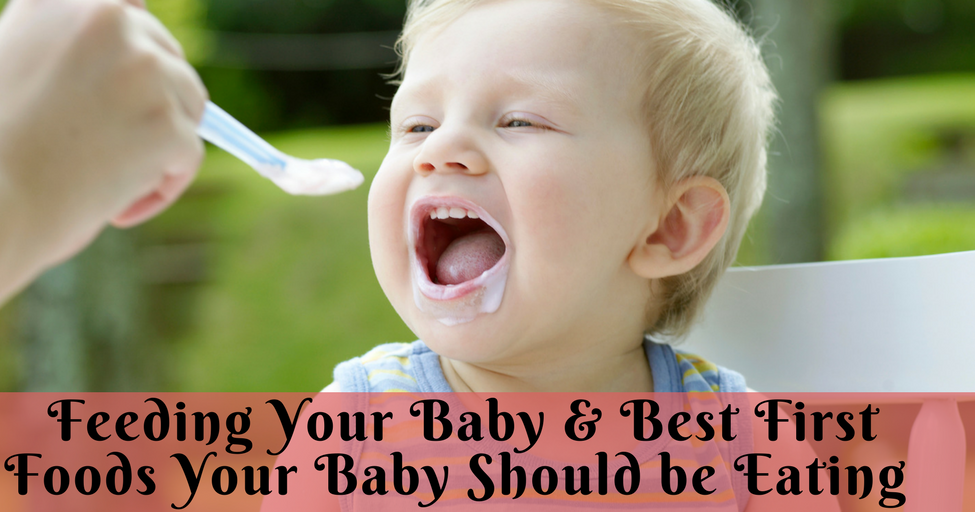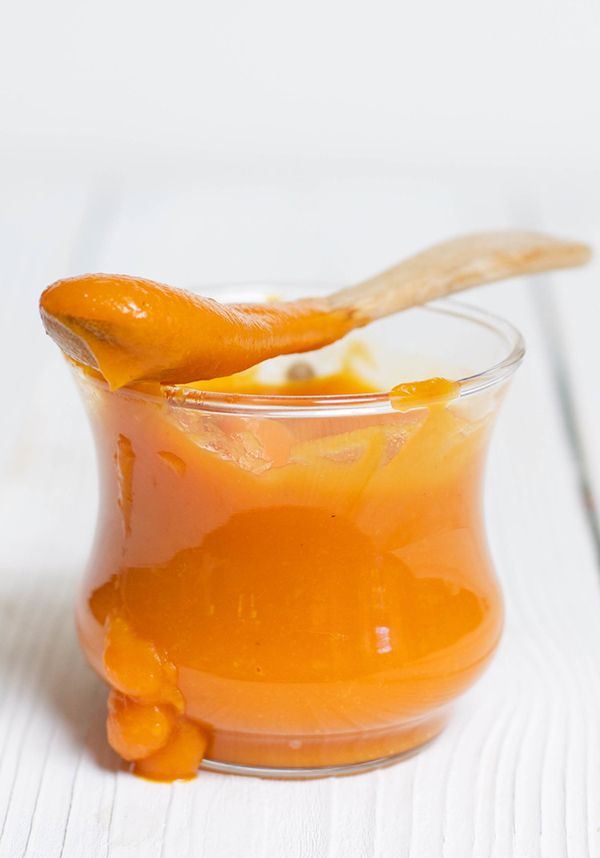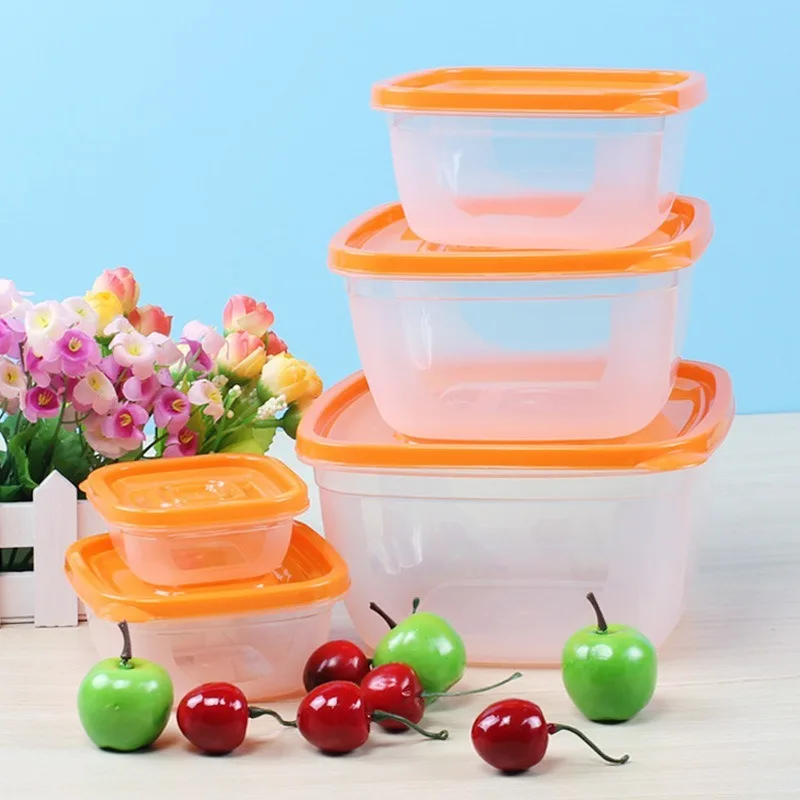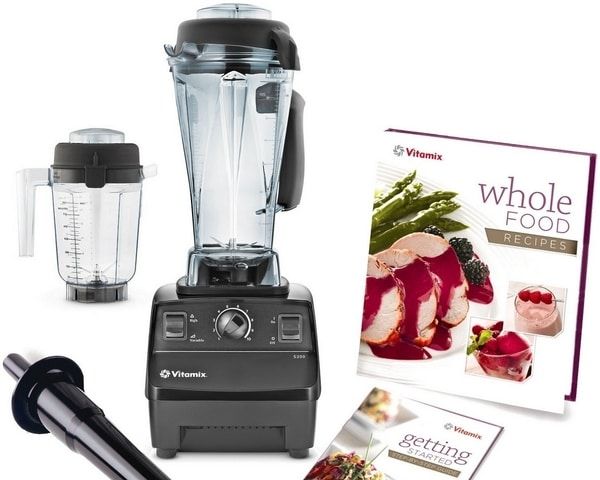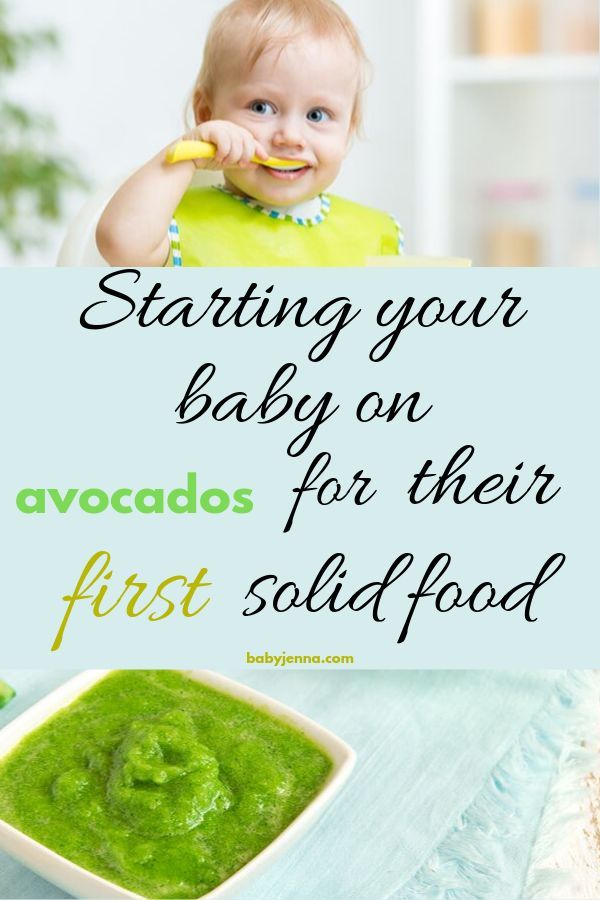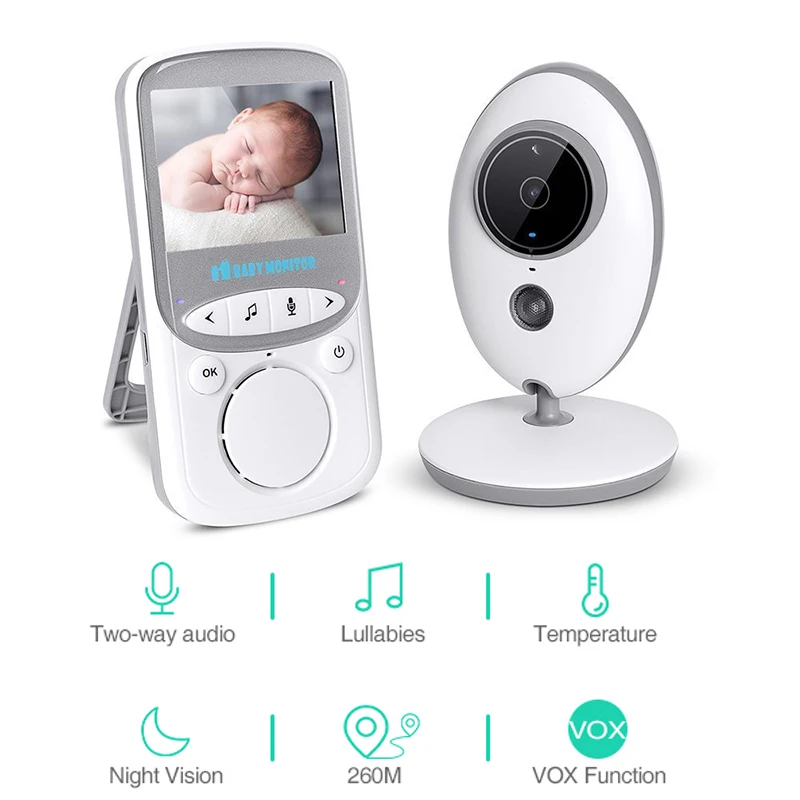Ascorbic acid in baby food safe
Vitamin C for Babies: Safety, Efficacy, and Dosage
Becoming a parent can be one of the most joyous and challenging experiences of your life.
One of the first lessons every new parent learns is how to make sure your baby is well fed and adequately nourished throughout each stage of their life.
Vitamin C is an important nutrient that’s essential for optimal health across the life cycle.
Many new parents wonder if their infants are getting enough vitamin C and whether a supplement is ever necessary.
This article reviews everything you need to know about vitamin C for babies, including what it is, how much is needed, and how to make sure your baby is getting enough every day.
Vitamin C, also known as ascorbic acid, is a water-soluble nutrient that plays a critical role in a variety of your baby’s most vital physical functions.
It’s essential for maintaining a healthy immune system, enhancing iron absorption, and producing collagen, the most abundant protein in the human body (1).
Vitamin C is unique to many other nutrients because it also functions as an antioxidant. Antioxidants help protect cells from free radical damage (2).
Free radicals are highly volatile, cell-damaging chemicals that are a byproduct of normal human metabolism. Antioxidants like vitamin C can bind to free radicals, making them unable to harm surrounding tissues (2).
Vitamin C is considered an essential nutrient, which means your baby’s body can’t produce it by itself. Therefore, it must be obtained from the foods they consume each day.
This nutrient can be found in breastmilk, infant formula, and many types of fruits and vegetables.
Vitamin C requirements for infants
Though essential throughout every stage of life, infants need less vitamin C than adults.
The Dietary Guidelines for Americans recommends that babies receive the following amount of vitamin C each day (3):
- 0–6 months of age: 40 milligrams (mg)
- 6–12 months: 50 mg
Women who are breastfeeding have increased vitamin C requirements because they’re supplying the baby with vitamin C through their breastmilk.
If you’re breastfeeding, aim to consume 120 mg of vitamin C per day. This is about 60% more than the amount required for women who aren’t breastfeeding (3).
Infant formulas also contain vitamin C. Thus, if your baby is formula fed, they’ll be able to meet their vitamin C needs.
summaryVitamin C is an essential nutrient that supports immunity and collagen production. It also functions as an antioxidant. Babies require 40–50 mg of vitamin C per day, depending on their age.
According to the National Institutes of Health (NIH), infant formula, breastmilk, and food should be the only sources of vitamin C your baby consumes (3).
Supplementing with vitamin C is unnecessary for most healthy babies and could increase their risk of developing symptoms associated with vitamin C toxicity.
Possible side effects associated with overconsumption of vitamin C include kidney stones, nausea, and diarrhea (3).
The U.K.’s National Health Service (NHS) only advises that vitamins and mineral supplements be given to infants 6 months of age or older (4).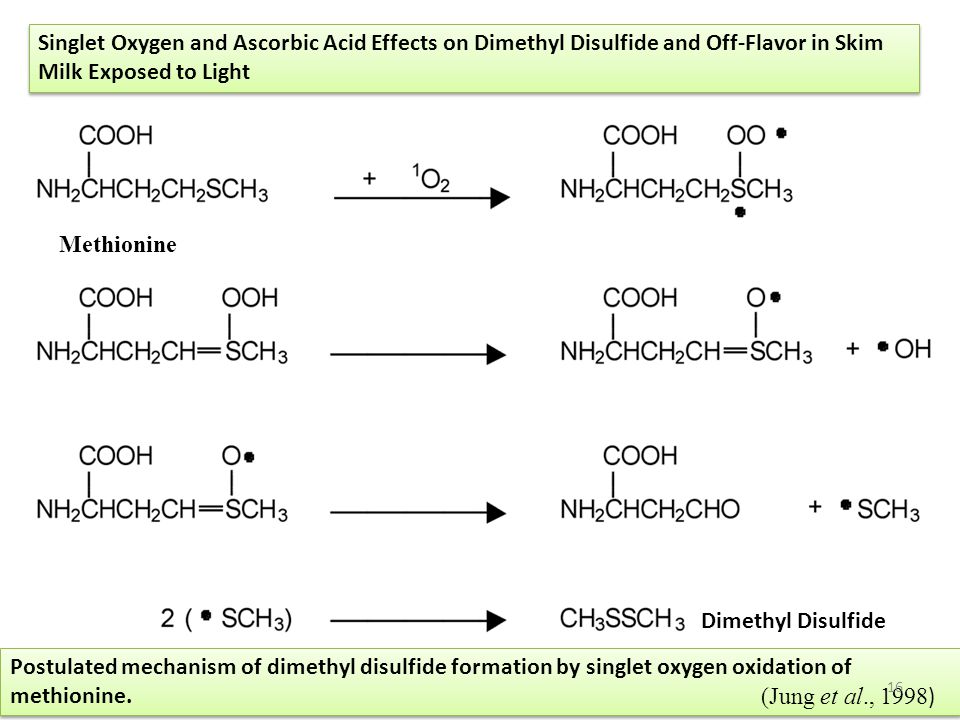
Supplementing at 6 months is recommended for infants who aren’t breastfeeding and consume less than 16 ounces (500 mL) of formula per day (4).
If taking a supplement is deemed necessary, the dosage should be determined by your baby’s healthcare provider (4).
When supplementing may be appropriate
If you suspect that your baby isn’t getting enough vitamin C, taking a supplement may be necessary.
Vitamin C deficiencies are rare in developed countries, but babies with neurodevelopmental disorders, digestive dysfunction, or cancer may be at an increased risk of developing them (5).
Severe vitamin C deficiency is the root cause of a serious medical condition known as scurvy.
Symptoms include bleeding gums, bruising, fatigue, loss of appetite, and irritability. If scurvy is left untreated, it can be fatal (1, 5).
You should never attempt to diagnose your baby with a vitamin deficiency on your own.
Be sure to consult with a qualified healthcare provider before adding any supplements to your baby’s diet.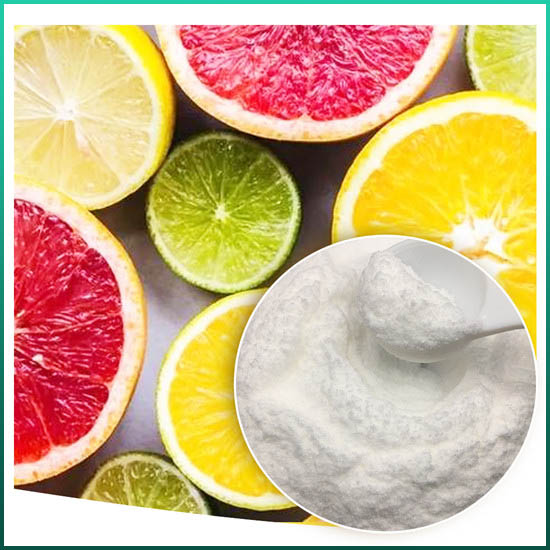 They can determine the safest, most appropriate dosage.
They can determine the safest, most appropriate dosage.
summaryVitamin C supplements are generally not recommended for babies. In rare instances, supplements may be required, but dosage should be determined by a qualified healthcare provider.
The American Academy of Pediatrics recommends beginning to introduce solid foods when your baby is about 6 months old (6).
This is the perfect time to start offering foods that are rich in vitamin C to help your baby continue meeting their nutrient needs as they grow.
At 6 months of age, most babies can meet their daily vitamin C requirements from a combination of food and formula or breastmilk (3).
Here are some examples of baby-friendly foods that are high in vitamin C (7, 8, 9, 10, 11, 12):
- Red bell pepper, 1/4 cup (23 grams): 58% of the daily vitamin C recommendation for babies
- Strawberries, 1/4 cup (41 grams): 48% of the daily vitamin C recommendation for babies
- Kiwi, 1/4 cup (44 grams): 82% of the daily vitamin C recommendation for babies
- Tangerines, 1/4 cup (49 grams): 26% of the daily vitamin C recommendation for babies
- Cooked broccoli, 1/4 cup (24 grams): 31% of the daily vitamin C recommendation for babies
- Papaya, 1/4 cup (57 grams): 70% of the daily vitamin C recommendation for babies
Remember that every baby is different and not all of them will be particularly open to trying new foods right away. Be patient with them as they explore all the new flavors and textures that solid foods provide.
Be patient with them as they explore all the new flavors and textures that solid foods provide.
In the meantime, you can rest assured that your baby will get plenty of vitamin C from their formula or breastmilk.
summaryAt 6 months, you can begin introducing foods rich in vitamin C to your baby’s diet. Strawberries, bell peppers, broccoli, and tangerines are all excellent baby-friendly options.
One of the most important parts of caring for a new baby is ensuring they’re provided with adequate nutrition.
Vitamin C is an essential nutrient that plays an important role in immunity, collagen production, and protection from free radical damage.
Breastmilk, infant formula, and whole foods, such as bell pepper, strawberries, and papaya, are the best sources of vitamin C for your baby.
Vitamin C supplements aren’t appropriate for infants unless recommended by a healthcare provider.
If you’re concerned that your baby isn’t getting enough vitamin C, talk to your medical provider before adding any supplements to their routine.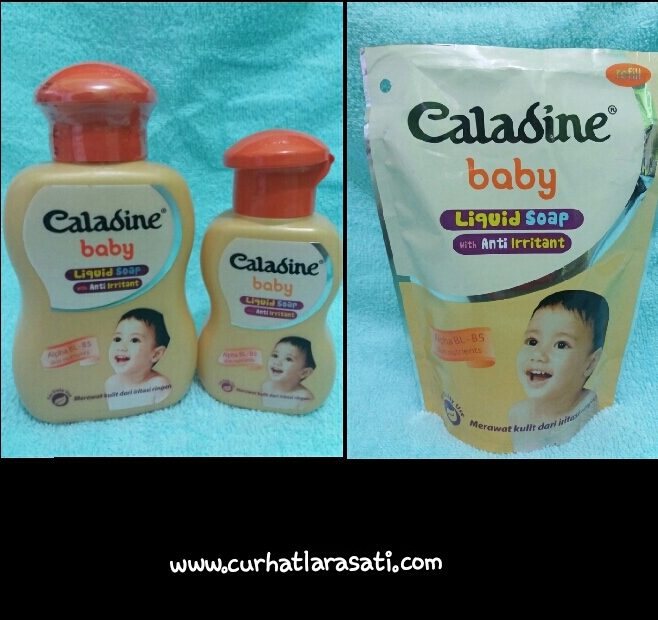
17 Truths About What's Hiding In Baby Food (And 5 Times Moms Don't Need To Worry)
We love our babies and want to feed them the best food possible. Babies have yet to develop their immune systems. Their bodies are also smaller and more fragile, so ingredients that might not harm us as adults can be life-threatening to an infant. This is why it is so important to be aware of what is in the baby food that we feed our children.
Before buying any brand of baby food, it is a good idea to read the list of ingredients on each item. This is one of the ways that moms can learn about what is in the baby food that they buy, and then make informed decisions about which brands to choose. But the research goes beyond just what the brand says is inside the baby food.
There could be other things lurking in the baby food that we find on the grocery store shelves. Research the companies to find out where they stand on safety regulations, how they test for the safety of their food and what their values are when it comes the to quality of ingredients. Does the company have any law suits against it for its baby food or other items that it sells? Are there items recalled from the store on a regular basis? If so, then maybe that is not a good brand to buy baby food from.
Does the company have any law suits against it for its baby food or other items that it sells? Are there items recalled from the store on a regular basis? If so, then maybe that is not a good brand to buy baby food from.
We researched to find the 17 truths of what is lurking in our baby food. But we also found five instances when moms don't need to worry about it.
22/22 Sweet Tooth
Wikimedia CommonsMost of us are aware that sugar eats away at our tooth enamel and causes tooth decay. Store-bought baby food is often loaded with sugar. Do we want to set up our little ones with early onset tooth decay? Of course not!
The different types of sugar that can be found in baby food include glucose, lactose, sucrose, fructose, corn syrup, dextrose and rice syrup.
There are many other types of sugars, but any ingredient that ends in -ose or has syrup as part of the name is likely to be a kind of sugar.
Sugar in and of itself is not a bad thing; the body needs some sugar in order to function. The problem arises when we are getting too much sugar. Babies who are given lots of sugar tend to have a sweet tooth later in life. And baby foods with lots of sugar and nothing else don't provide the nutrition that the babies need to grow.
The problem arises when we are getting too much sugar. Babies who are given lots of sugar tend to have a sweet tooth later in life. And baby foods with lots of sugar and nothing else don't provide the nutrition that the babies need to grow.
21/22 Don't Be So Salty
UnsplashIf too much sugar is a reason to worry, then so is too much sodium (also known as salt). That's right. Some baby food is loaded with sodium. Babies don't need to have much sodium in their diets.
According to Cleveland Clinic, too much sodium contributes to heart problems. Overloading the baby's system with sodium could cause issues for him or her early in life.
Too much salt may also have a dehydrating effect. You know how you get super thirsty after gorging on some salt-laden french fries? Babies experience the same effects.
When looking for baby food, check the salt content. Most food will always have some amount of sodium in it, and our bodies do need a little bit in order to function properly.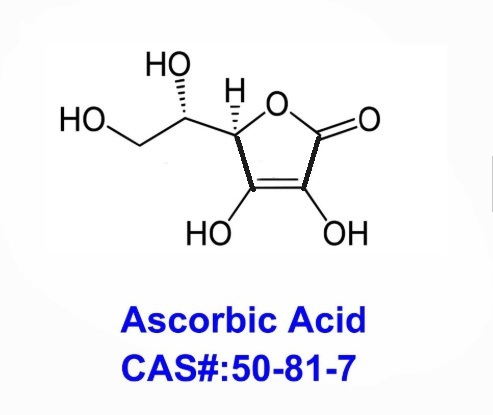 But an overabundance of salt is dangerous in the long term and even in the short term. According to the Poison Control Center, it is possible to have sodium poisoning from too much salt.
But an overabundance of salt is dangerous in the long term and even in the short term. According to the Poison Control Center, it is possible to have sodium poisoning from too much salt.
20/22 Preserved For What
BingDoes baby food need preservatives? We think not. Too many preservatives are one of the reasons that convenience foods, that we adults often indulge in, are so bad for our health. What could preservatives do to our little ones? The most common preservative used in baby food is Vitamin C, also known as ascorbic acid. It is an antioxidant that keeps foods from spoiling very fast.
As adults, we can handle more amounts of Vitamin C, and it can be good for our immune systems, too. But too much of a good thing is often a bad thing for infants. According to the National Institutes of Health, infants between birth to 12 months old only need 40 to 50 milligrams of Vitamin C a day that they mostly get from their mother's milk or from formula. Kids only need 15 mg of Vitamin C a day once they reach a year old.
19/22 So Much Junk... Not Enough Nutritional Value
Flickr/Lars PlougmannBaby snacks, those snacks that we see in grocery stores labeled specifically for baby, are actually not good for the baby at all. Why?
Well, according to The Stir, baby snacks have more ingredients than actual nutritional value. It is actually better and healthier to give babies dried fruits (with no added sugars) as a snack than giving them baby puff snacks.
Snacks should also be used in moderation. It's generally a good rule of thumb to only give babies unprocessed foods as much as possible, including during snack time. Think in terms of nutritional value because the baby's first few years need to be focused on getting enough of the vitamins, minerals and proteins that they need in order to grow up healthy and strong.
18/22 A Chemical Concoction - Arsenic? No, Thank You
WikipediaAccording to a study done by the Clean Label Project, so-called certified organic products had twice the level of arsenic compared to conventional baby food.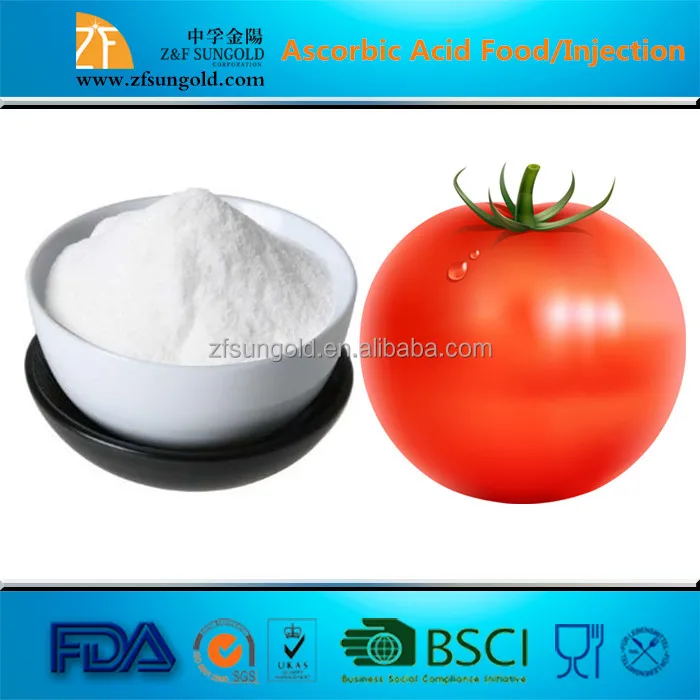 The study also found that 80 percent of baby formulas contain arsenic. What is arsenic? It is a naturally occurring semi-metal that is most often found in ground water. High levels of arsenic can cause fatal consequences, though.
The study also found that 80 percent of baby formulas contain arsenic. What is arsenic? It is a naturally occurring semi-metal that is most often found in ground water. High levels of arsenic can cause fatal consequences, though.
It is never listed as an ingredient on baby food because baby food manufacturers are not putting it into the food on purpose, but some of their processes for making baby food result in accidental high levels of arsenic in their products. There are ways that companies can mitigate this, of course, but it can be expensive for them to change how they do things; so, some companies take the risk. But should we?
17/22 Unleaded Or Leaded Fuel Is The Question
WikipediaThe Clean Label Project also found that 36 percent of baby food products contain detectable levels of lead. Lead poisoning has been in the news quite often lately, as high amounts of lead in a city's water supply can lead to long-term health effects and other social issues that should be addressed. High levels of lead can cause fatal consequences. Other problems include interference with the child's growth, their ability to learn and even their behavior.
High levels of lead can cause fatal consequences. Other problems include interference with the child's growth, their ability to learn and even their behavior.
Lead ends up in processed baby foods as a result of the soil content in which the vegetables or fruits were grown, the water that may have been used in processing and other factors.
According to Parents magazine, it might not even be possible to avoid lead even if we grow our own vegetables to make baby food.
Testing your soil and your water supply are the only way to know for sure that lead isn't in the food that you grow yourself.
16/22 More Than Dark Roast Coffee
BingWould we give our babies a cup of dark roast coffee? Of course we wouldn't. But the five worst performing baby food products were found to have nearly double a chemical called acrylamide than what is found in dark roast coffee. Yikes! Acrylamide has been linked to brain damage and cancer. According to a study published in the International Journal of Environmental Research and Public Health, acrylamide can cause neurotoxicity in people who are exposed to it.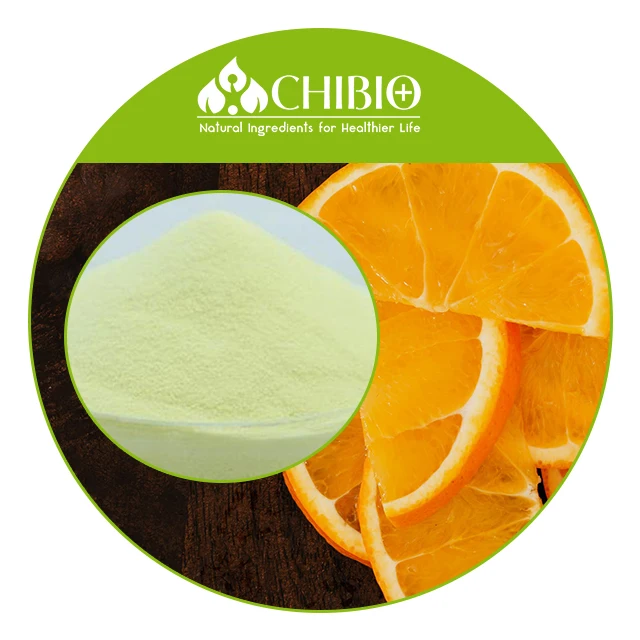
The Food and Chemical Toxicology journal describes acrylamide as "a monomer that can form in heated starchy food as a result of Maillard reaction" (Mojska, Gielecińska and Stoś). So, it sounds as if the process of making baby food can create acrylamide.
15/22 Oh No, Soy
BingAnother carcinogenic metal that has been found lurking in baby food is cadmium.
Soy-based baby formula had seven times more cadmium than other formulas, according to the study done by the Clean Label Project.
OSHA warns about the health effects of cadmium exposure. The metal can be found naturally in small amounts inside of rocks and soil, and many batteries also use the metal because it does not corrode easily.
According to a LiveSciencereport, cadmium has even been used as a coloring for the red and yellow on McDonald's cups! Even small level exposure to the metal can cause kidney problems and bone softening. Cigarette smoke also contains high levels of cadmium, a reminder that we should not smoke around our children.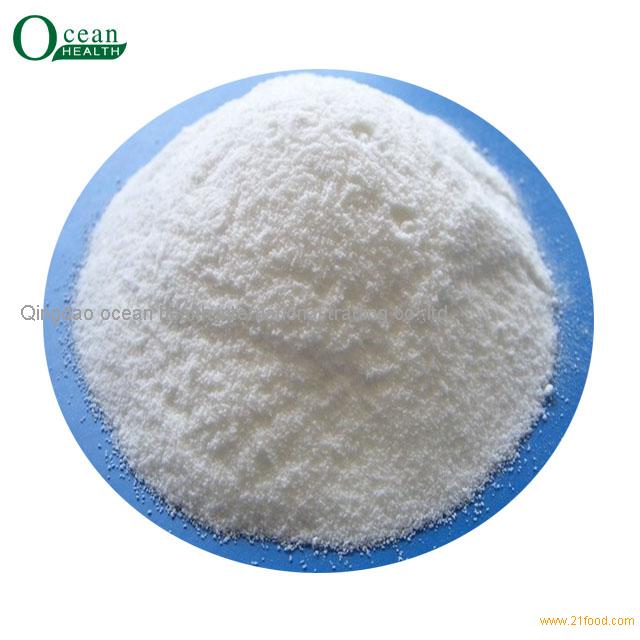
14/22 That's So Corny
PixabayIf corn syrup isn't good for adults, then it is certainly not good for babies! So why do some baby formulas contain corn syrup and corn syrup solids in the ingredients? It's cheaper and makes the formula taste better, but corn syrup can cause an addiction to sugar. Dr. William Sears told Parenting magazine, "Artificial sweeteners in infant formulas can only increase the intensity of the sweet tooth that babies are already born with."
There are many debates on whether corn syrup is a worse form of sugar than regular sugar or cane sugar. But we can certainly agree that too much sugar, especially forms of processed sugar, could be a bad thing for a developing baby.
13/22 The Mysterious Flavor
Flickr/ShannonPatrick17If we look at the ingredients list on baby food, we might see a nondescript item just called "flavor." The Environmental Working Group (EWG) scores foods based on their ingredients, preservatives and processing.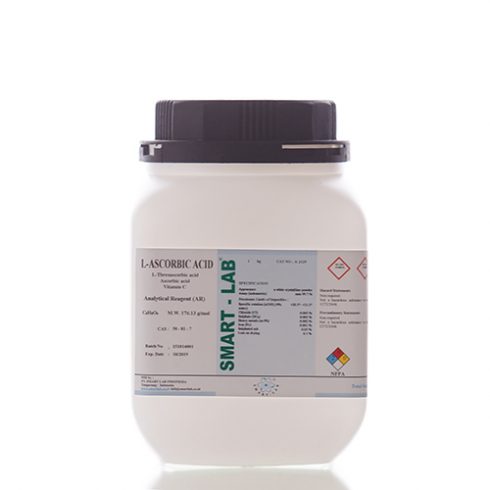 Those that have the mysterious ingredient called "flavor" often get dinged in their score because no one knows what that means.
Those that have the mysterious ingredient called "flavor" often get dinged in their score because no one knows what that means.
It could be anything! According to the EWG's Food Scores, "added 'flavors' are secret and often complex mixtures of chemicals that modify and manipulate the taste and smell of food." Basically, it's generally a good idea to find baby food that lists all of the ingredients in understandable language. Mysterious ingredients are a risk that we shouldn't take.
12/22 What It's Lacking - Vitamins
UnsplashIt's not just what is hiding in baby food that we should be concerned about but also what is lacking in the food. Babies need nutrients in order to grow and thrive.
According to a study published in the Archives of Disease in Childhood, many baby foods do not meet the nutritional needs of babies. Babies are in a fast-growing stage and need to get all of their vitamins and nutrients in order to develop properly.
Baby foods that only provide them with sugar, salt and fillers are not going to be doing the important job of giving their bodies vital nutrition. Some processes for making baby food also contribute to a loss of nutritional value. Consult with a pediatrician to find out what would be a healthy meal plan for your baby and how you can incorporate fresh-made foods into their diets as they grow.
11/22 Those Pesky Pesticides
UnsplashAccording to a study done by the EWG, sixteen pesticides were found in eight of the top baby food brands in a laboratory study. The pesticides include iprodione (rovral), thiabendazole, botran and permethrin. Most of these pesticides can cause cancer, illness and other health effects that we would not want our children to experience.
As adults, we also consume more pesticides than is healthy if we purchase our fruits and vegetables from the supermarket. "It is more obvious than ever that the society needs the implementation of a new agricultural concept regarding food production, which is safer for man and the environment," says a research report in the Frontiers in Public Health journal ("Chemical Pesticides and Human Health: The Urgent Need for a New Concept in Agriculture").
10/22 Chalk It Up
UnsplashSome baby foods include an ingredient called calcium carbonate. What is this? Well, calcium carbonate is essentially chalk (naturally occurring as limestone and chalk in the earth) that is used for industrial building purposes. It can also neutralize acid and can be found in antacids for adults, according to Medline Plus.
The reason that it is put into baby food is that it is a cheap way to provide calcium. Too much calcium carbonate can cause constipation in babies.
No thanks. Not only is constipation painful, it can be fatal if left untreated, especially in little infants. When looking for a baby formula, research the ingredients and consult with your pediatrician about your concerns. Breast milk is the healthiest option, but that is not always possible for many valid reasons.
9/22 Oh-Em-Gee, It's MSG
PixabayAnother concerning ingredient found in baby formula and baby food is MSG. MSG stands for Monosodium glutamate, which is the sodium (salt) form of glutamic acid.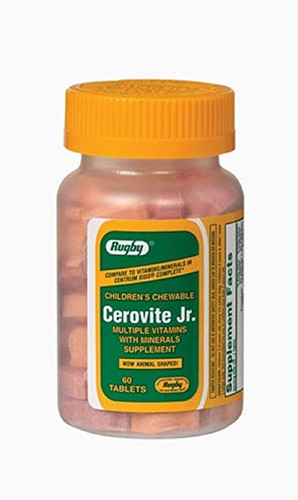 And glutamic acid is a non-essential amino acid. “Its ingestion can cause inflammation of the small intestine, referred to as leaky gut, which will result in symptoms such as bloating, gas, diarrhea, and abdominal pain,” Michael Galitzer, MD, an integrative medicine specialist in Los Angeles, told Reader's Digest.
And glutamic acid is a non-essential amino acid. “Its ingestion can cause inflammation of the small intestine, referred to as leaky gut, which will result in symptoms such as bloating, gas, diarrhea, and abdominal pain,” Michael Galitzer, MD, an integrative medicine specialist in Los Angeles, told Reader's Digest.
None of that sounds good at all. Baby will be uncomfortable and in pain, which is not what we want. Look for baby food products that are MSG-free according to the label. It's also a good idea to research to see if the product truly is MSG-free like it says it is.
8/22 Not As Pretty As It Looks
PexelsArtificial colors are used to make food look more attractive for consumption. Some baby foods include artificial colors. According to Today's Parent, the source for those artificial colors is incredibly unappetizing: petroleum by-products or coal tar. Artificial ingredients can be harmful to a baby's system.
At the very least, a long list of artificial ingredients means that the baby formula or baby food product will not provide the necessary nutrition that our babies need in order to grow properly.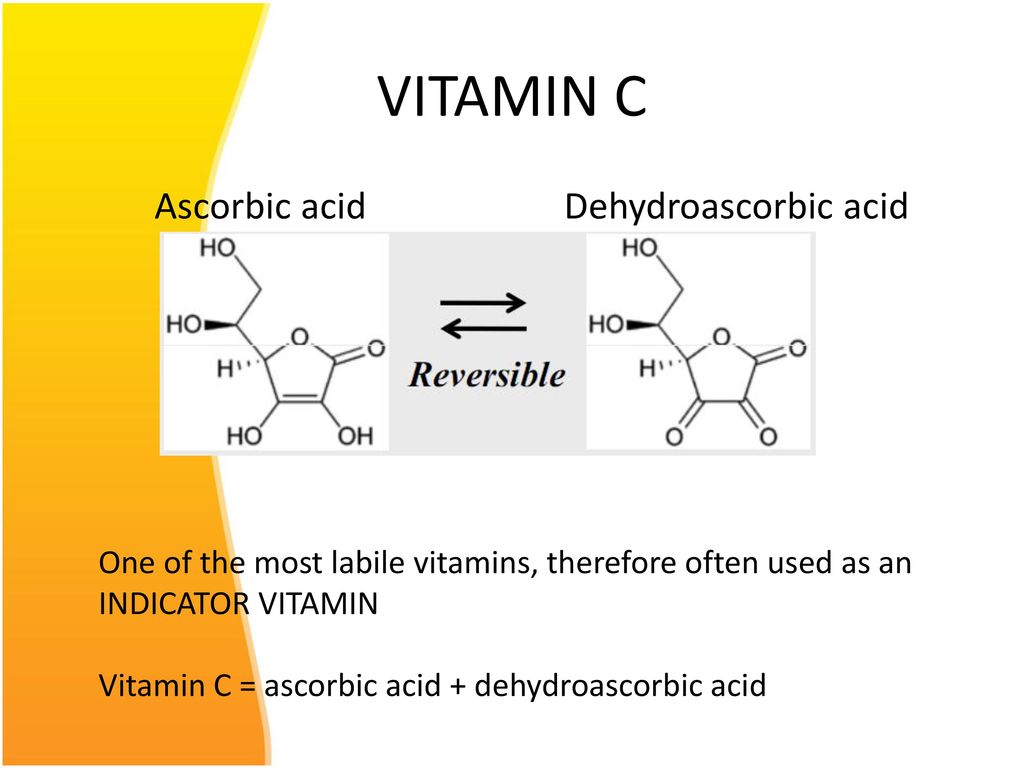 Look for foods that do not use artificial coloring and other artificial ingredients.
Look for foods that do not use artificial coloring and other artificial ingredients.
That neon pink baby dessert might look so pretty on the shelf, but it's not a good idea to feed that product to your baby.
7/22 Soap In The Belly
Max PixelSome baby formulas contain an ingredient called palm oil. It doesn't sound like it would be very bad, but research from the University of Iowa discovered that palm oil (also called palm olein) affects the baby's absorption of calcium because "of the formation of insoluble calcium soaps of unabsorbed palmitic acid."
Basically, it can create a soap-like substance in the baby's belly that prevents the absorption of calcium. It is also likely to be very uncomfortable for the baby. Another researcher found that palm oil can cause adverse effects, like organotoxicity of the heart. Some doctors recommend avoiding palm oil altogether. The risks are too great to regularly ingest it.
6/22 DHA And ARA Aren't The Cool Kids
PixabayResearchers from the Cornucopia Institute discovered that the ingredients listed as DHA and ARA in baby formula may not be so good for baby's health. DHA stands for docosahexaenoic acid, and ARA refers to arachidonic acid. The Cornucopia Institute research says that the synthetic versions of DHA and ARA come from algae and fungus.
DHA stands for docosahexaenoic acid, and ARA refers to arachidonic acid. The Cornucopia Institute research says that the synthetic versions of DHA and ARA come from algae and fungus.
The research suggests that these are dangerous and unnecessary to add to baby formulas and have no place in them.
According to Consumer Reports, the majority of the baby formula brands in the United States contain DHA and ARA, a synthetic version of the same essential fatty acids found naturally in human breast milk. But the synthetic versions are not identical to the natural version. The FDA has still approved the use of these synthetic fatty acids in baby foods, but it might not be something that moms want for their babies after reviewing the research.
And here are 5 things moms don't need to be so concerned with...
5/22 No Need To Bar The Jar
Flickr/Kim LoveJust because the baby food is bought from the store does not automatically mean that it is not safe for the baby. Baby food products are required by law to follow certain safety guidelines. The FDA is not required to approve baby formulas before they are marketed to customers, although all formulas are required to meet certain nutrition guidelines. Baby formula manufacturers also have to provide a list of their ingredients to the FDA. Any formula that does not let the FDA review its ingredients and processes may be subject to compliance actions and be taken out of the market.
Baby food products are required by law to follow certain safety guidelines. The FDA is not required to approve baby formulas before they are marketed to customers, although all formulas are required to meet certain nutrition guidelines. Baby formula manufacturers also have to provide a list of their ingredients to the FDA. Any formula that does not let the FDA review its ingredients and processes may be subject to compliance actions and be taken out of the market.
But it is possible for parents to prepare their own baby food, according to Federal Food Safety. Parents who make their own baby food should follow strict safety protocols so that the food that they prepare is safe for their children to consume. Homemade baby food has the added benefit of containing many of the vital nutrients that are lost in store-bought processed baby foods.
BingThe good news is that parents have resources, and doctors say that the choice to use store bought baby food or homemade is up to them. "The quality of processed baby food is no longer an issue,” Dr. Mona Rifka told Cleveland Clinic's Health Essentials blog.
"The quality of processed baby food is no longer an issue,” Dr. Mona Rifka told Cleveland Clinic's Health Essentials blog.
“There are high-quality, natural baby foods on store shelves now, and most well-known brands have good safety records. But if parents want to make homemade food, it’s fine as long as they do it safely.”
A combination of store-bought baby food and homemade baby food could provide your child with a varied diet that gives them their essential nutrients and promotes their healthy development. And the occasional store-bought baby food while out and about is a great convenience for busy moms and a special treat for the baby.
3/22 An Honest Day's Research
IG/@JessicaAlbaAs much as we would love to ensure that *everything* our babies come into contact with is safe, that is next to impossible. The most we can do is research baby foods and talk with our pediatricians. Then we make the best choice possible regarding our circumstances.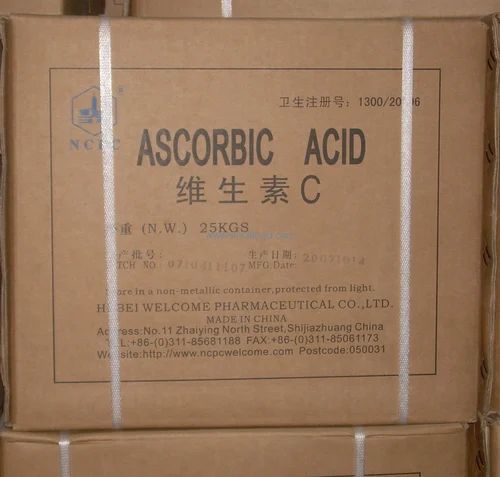 Take an honest day's research to look into the various baby food options.
Take an honest day's research to look into the various baby food options.
Once you have done your due diligence, you can be fairly sure that you don't need to worry. Some of the ingredients may be unavoidable at times, or there could be financial constraints that make it difficult to buy organic-certified baby food or make your own at home. You're still a good mom because you do care about what goes into your baby's food and you have done your best to ensure that their food is wholesome, healthy and safe.
How to choose sausages for children under three years old
When choosing sausages and other meat products for children under three years old, experts advise carefully reading the composition of the product.
Many sausage products contain a food additive - sodium nitrite E 250, which gives the product a pleasant pink color and aroma.
“You need to know that sodium nitrite is prohibited for use in products for children under three years old,” Professor, Doctor of Biological Sciences Olga Pruntova, chief expert of the Information and Analytical Center of the Federal Center for Animal Health subordinated to Rosselkhoznadzor, told Veterinary and Life. (FSBI "ARRIAH").
(FSBI "ARRIAH").
“Manufacturers who make sausages and sausages for small children have this product in gray because it does not contain sodium nitrite,” veterinarian Alexandra Shishkina told ViZh.
For older children and adults, the food additive sodium nitrite does not pose a danger and is permitted by the Technical Regulations of the Customs Union (TR CU 029/2012). However, the norms for its content in food products have been established - no more than 50 milligrams per 1 kilogram of the product. And if we are talking about baby food (for children over three years old), then no more than 30 mg per 1 kilogram.
In addition, sodium nitrite performs a useful function - it is E 250 that prevents the reproduction of microorganisms in products, in particular causative agents of botulism.
How much sausage with E 250 will not harm your health
According to the World Health Organization, the allowable daily intake of sodium nitrite for a person is 0.6 milligrams per kilogram of body weight.
“Without harm to health, an adult can eat about a kilogram of sausage a day, which contains E 250,” explains Olga Pruntova. - The calculation is simple: 0.6 milligrams of sodium nitrite per day is allowed per kilogram of body weight. For example, in order to harm health, a person weighing 70 kg must eat 120 kilograms of sausage per day.
A 5–6 year old child weighing 20 kilograms can eat about 330 grams of sausage per day.
Sodium nitrate does not accumulate in the body. “Sodium nitrite cannot be deposited, like, for example, cholesterol. The human body has a fat "depot", but sodium nitrite is not a fat-soluble substance. And for water-soluble substances, we don’t have a “depot,” says Olga Pruntova.
However, according to the expert, fried sausage or fried bacon can cause harm to health. When products containing E 250 are heated, nitrosamines are formed. According to some scientists, their use causes bowel cancer and other forms of cancer.
Vitamin C helps prevent carcinogenic effects.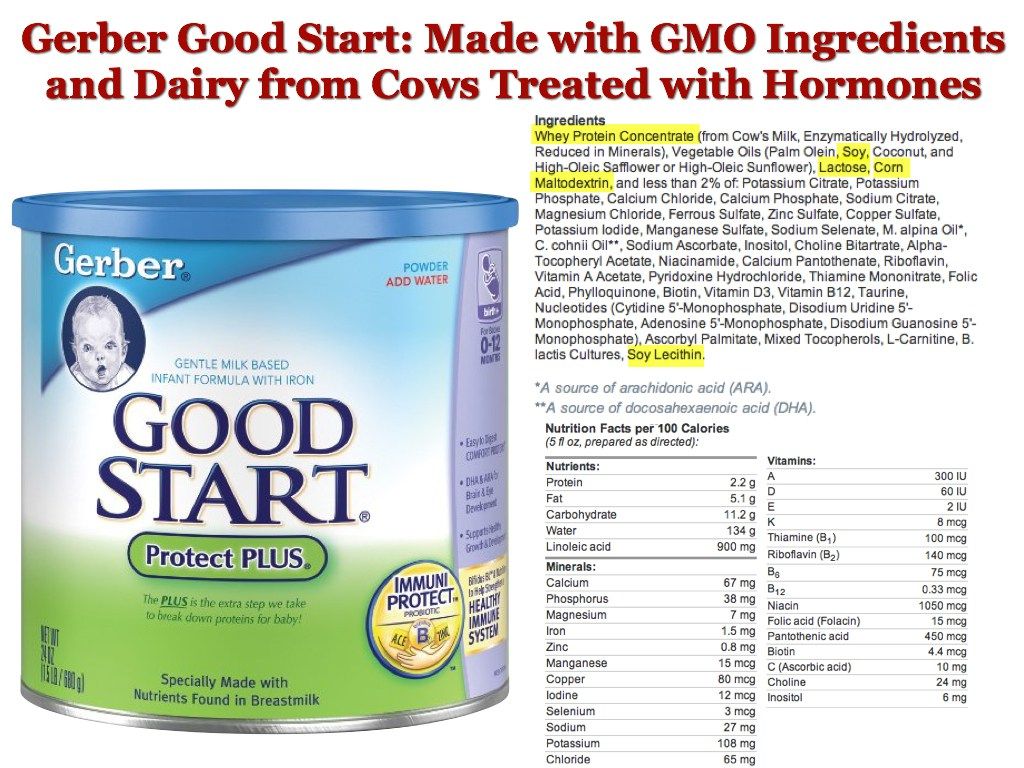 Products that combine E 250 and ascorbic acid are considered safe by experts. “In addition, the consumption of meat and fish products, along with a large amount of vegetables containing vitamin C, also prevents the carcinogenic effect of nitrosamines,” explains Olga Pruntova.
Products that combine E 250 and ascorbic acid are considered safe by experts. “In addition, the consumption of meat and fish products, along with a large amount of vegetables containing vitamin C, also prevents the carcinogenic effect of nitrosamines,” explains Olga Pruntova.
The expert also warned that it is not worth taking risks by purchasing sausage products from clandestine producers in dubious places of sale, which could be made in violation of technical regulations.
ViZh Help
Edible sodium nitrite - additive E 250, which is used as a color fixative and preservative mainly in meat and fish products, but can also be added to other types of products. It is the sodium salt of nitrous acid. The chemical formula is NaNO2. The chemical name is sodium nitrite.
Edible sodium nitrite is highly soluble in water, moderately soluble in ethanol, hygroscopic.
Sodium nitrite has antimicrobial and antioxidant properties, prevents the growth of microorganisms in food products, in particular causative agents of botulism.
Sodium nitrite binds hemoglobin molecules. It is this property that provides the sausage and other meat products with a pleasant pink color. Meat products made without sodium nitrite will have an unpleasant gray color. In addition, E 250 contributes to the formation of a specific taste and aroma of meat and fish products.
Tags: veterinary medicine, veterinarian, vniizzh, healthy food, sausage, sodium nitrite, food, Rosselkhoznadzor, sausages
Baby food: read labels - Koko.by
Nowadays, almost every self-respecting manufacturer of something has a line of children's products. Of course, they are positioned as the most natural, healthy, environmentally friendly and hypoallergenic. In this way, absolutely everything “childish” is advertised, from cottage cheese and cookies to washing powders and cotton swabs. Parents need to be very careful not to fall for tricky marketing moves and advertising. Let's look at some of the subtleties using the example of baby food for complementary foods.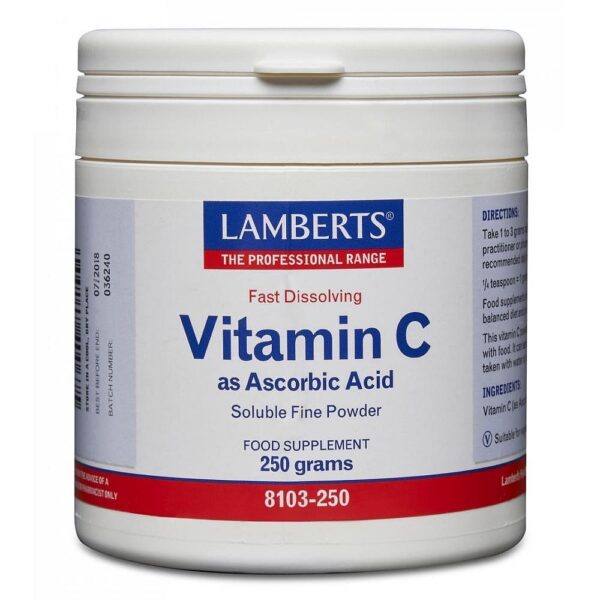
I don't want to start a long and pointless discussion about "tins and boxes vs homemade". There is no doubt, it is unlikely that someone will refuse to feed the baby with vegetables from the grandmother's garden, farm dairy products and meat from cows grown in protected conditions, but not everyone has the opportunity (and means) to approach the issue of nutrition so thoroughly. It is possible that sometimes you have to buy a jar of mashed potatoes or a bag of baby yogurt for your baby in the store. It’s great if, for example, children’s kefir consists of milk and fermented milk starter, and vegetable puree consists exclusively of vegetables and water. This is the best option. However, quite often on a jar or box there can be frightening inscriptions “preservative E such” and “dye E such”.
You shouldn't be so scared right away. According to the accepted nomenclature, the letter E denotes any food additives, and the serial number indicates the type of additive. So, E 100-199 are dyes, E 200-299 are preservatives, E 600-699 are flavors and flavors, etc.
By definition, food additives are substances added for one purpose or another to food products, i.e. this is not only artificially synthesized additives, but also natural substances (for example, curcumin and chlorophyll). The most common soda, acetic acid, pectin are also food additives and are designated according to this nomenclature E500, E260 and E440. Ethanol, by the way, is prohibited in Russia as a food additive E1510 (hehe).
The main document regulating the production and sale of baby food in Russia is the Technical Regulations of the Customs Union No. 021/2011, which we will refer to as TR. The document is open and everyone can study it, but I would like to dwell on a few points that usually worry parents: containing GMOs.
In principle, the law is fine, except for the recent scandals with a well-known foreign manufacturer of baby food caught using GM soy and corn. The issue of expertise and fines for the use of GM raw materials secretly remains open.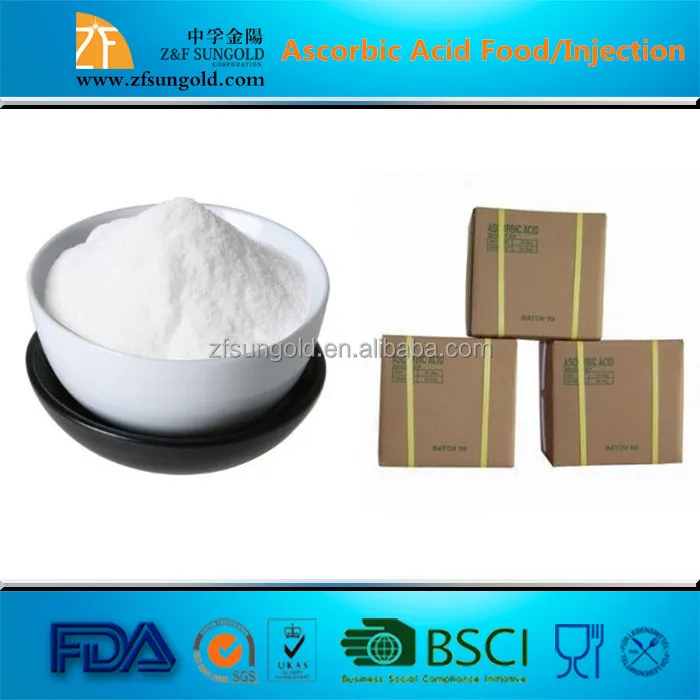 That is, an examination is carried out, fines are paid, but it is probably impossible to give a 100% guarantee of non-use of GM raw materials.
That is, an examination is carried out, fines are paid, but it is probably impossible to give a 100% guarantee of non-use of GM raw materials.
In the production of food products for baby food, it is not allowed to use food (food) raw materials obtained with the use of pesticides.
Determining the content of pesticides is much easier technically and cheaper than the examination for GMOs. We can speak quite confidently about the absence of pesticides in baby food.
In the production (manufacturing) of food products for baby food for children of all age groups, in order to give a specific aroma and taste, it is allowed to use only natural food flavors (flavoring substances) and for children older than 4 months - also vanillin.
Excellent, with the proviso that, of course, you should not start giving vanillin directly at 4 months.
It is also forbidden to use artificial dyes in baby food (for example, the permitted dye E 160a is ordinary carotene, a pigment that gives a yellow-orange color to carrots and is a provitamin of vitamin A), and it is allowed to use E300 as preservatives in canned baby food - ascorbic acid, also known as vitamin C or citric acid E330. There is a rumor about the latter on the network that it is a carcinogen. Comrades! This is a myth, a reprint of the so-called Villejuive list - either a scientific error or a hoax.
There is a rumor about the latter on the network that it is a carcinogen. Comrades! This is a myth, a reprint of the so-called Villejuive list - either a scientific error or a hoax.
And one more little trick of the manufacturers. It is quite possible that a food additive whose name is well-known to the consumer, for example, the same ascorbic acid, will be called an ordinary word, but the now unpopular sodium nitrite will be hidden behind the designation E250. However, this is more likely to apply to "adult" products - the use of E250 in baby food is prohibited.
Canned baby food
Canned baby food, as you know, is divided into several stages according to the age of the child. Long shelf life is provided by instant pasteurization (rather than preservatives). Often the contents of the jars are additionally fortified. How much this is necessary is a separate question, but it must be borne in mind that the manufacturer must indicate this information on the label.
As mentioned above, industrial baby food does not use artificial flavors, colors and preservatives, and the raw materials used are subject to fairly strict control. However, "superfluous", more precisely, additives not always requested by the consumer, are found quite often. All of them should be indicated on the label, which should be studied very carefully, surprises are possible. The penalty for a false label is very high, so important information is indicated, but in much the same way as consumer loans with wild interest - small letters on a bright background.
So, what else, besides the ingredients promised in large print, can be found in the selected jar?
Modified starch. The main horror movie for parents who didn't study chemistry well. He is considered genetically modified and is amazed at the frank cynicism of the producers. Of course, this is nonsense. Starch is a substance, not an organism, and by definition there are no genes in it. Modification of starch consists in changing its properties, for example, increasing the viscosity. It does no harm to the child.
Modification of starch consists in changing its properties, for example, increasing the viscosity. It does no harm to the child.
Vegetable protein. This word hides ordinary soy, that is, soy protein. Do you need it? Decide for yourself. By the way, unlike soy protein isolate and concentrate, the use of soy flour in baby food is prohibited.
Vitamin complex. Surely, many children from large cities have hypovitaminosis and additional vitamins will not hurt. However, some vitamins are often strong allergens. Parents of allergic people are better off choosing a jar without them.
In addition, canned food may contain additives approved for use - milk powder, rice flour, salt, white pepper, vegetable oil, lemon juice, etc. So if you do not want them to get into your baby's body ahead of time, study the label especially closely. It's generally useful.
Thus, a very well-known domestic manufacturer of baby food has launched two types of baby jars on the market - canned meat and vegetable and vegetable and meat.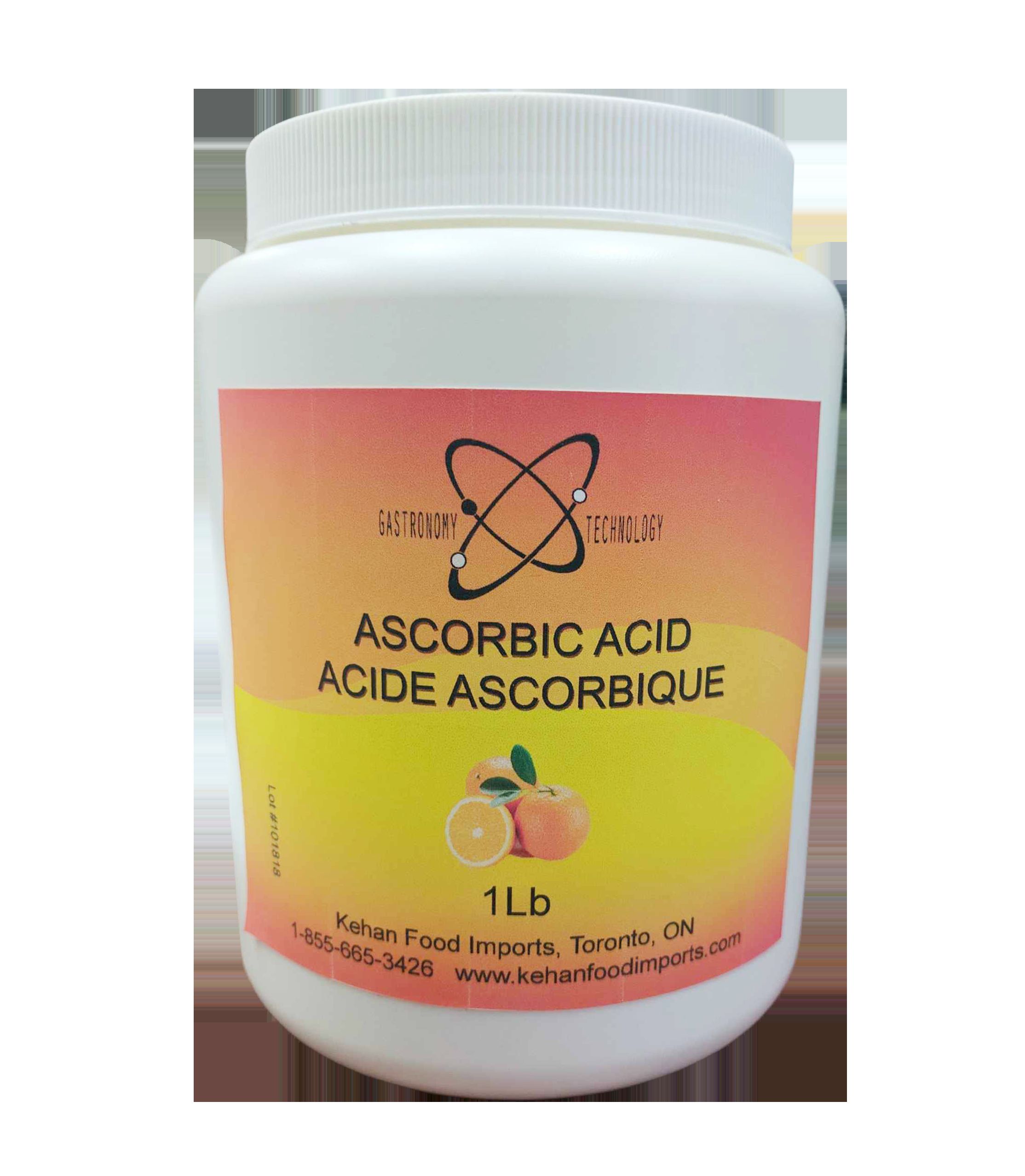 In the first case, the meat content is 40%, in the second - 10%. As they say, feel the difference. And all the words are rearranged. This is certainly not an outright scam. Yes, a little trick.
In the first case, the meat content is 40%, in the second - 10%. As they say, feel the difference. And all the words are rearranged. This is certainly not an outright scam. Yes, a little trick.
Instant baby cereals
There are a lot of instant baby cereals: welling (milk formula with the addition of cereal flour), dairy-free or milk cereals, gluten-free cereals, mono- or multi-component cereals, as well as therapeutic and prophylactic cereals (containing pre- and/or probiotics). Unlike adult cereal cereals, such cereals do not need to be boiled, it is enough to dilute them with hot water. Milk cereals may contain skimmed milk powder, whole milk and whey, or an artificial mixture. Sometimes it happens that advertising speaks of a mixture in the composition of porridge, but in reality it turns out that this is powdered milk. So if the question of the presence of a mixture or powdered milk in the composition of porridge is fundamental for you, carefully study the composition of the product.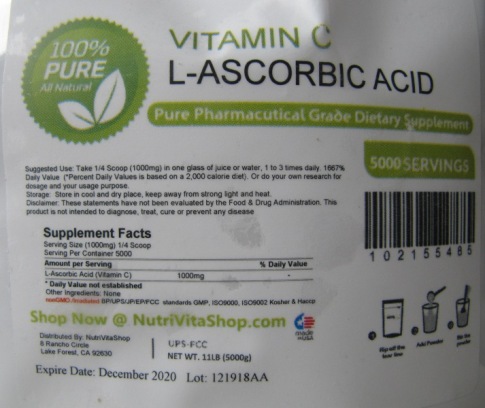
In addition, dry porridge may contain a large amount of sugar. Now this is not very welcomed by pediatricians, however, the TR does not prohibit the use of sugar in children's cereals, limiting its amount to 25% of the volume of the finished product. Of course, no manufacturer in their right mind would pour so much sugar into dry porridge, but the presence of sugar and the percentage of its content may be a surprise to the consumer.
Children's dairy and fermented milk products
The main difference between children's and adult dairy products lies in the raw materials used. For the manufacture of adult kefir, cottage cheese or yogurt, milk of the first grade is used, and for children - the highest. The microbial count (simplistically, the number of live microorganisms in a product) for children's products is five times lower than for adults. For the manufacture of adult cottage cheese, both sterilized and pasteurized milk can be used, for children - only sterilized.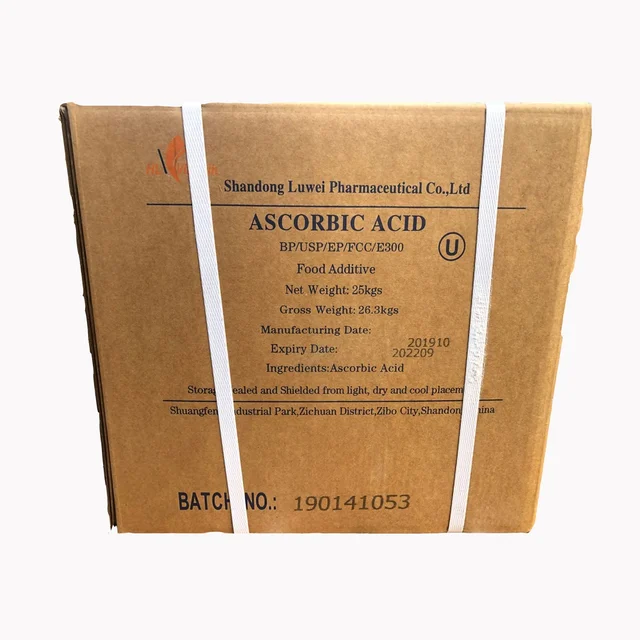
Vitamins are often added to baby milk, this should also be taken into account if the child is prone to allergies.
A few years ago, only the children's dairy product line was guaranteed not to contain milk powder, but in 2008 Russia adopted a federal law obliging manufacturers to indicate the content of milk powder in a product. In this regard, many manufacturers have appeared, representing both children's and adult products without milk powder and with a short shelf life. The buyer will vote in rubles.
Children's water
The TR defines "drinking water for children's nutrition - drinking water intended for drinking by children, cooking and reconstitution of dry products for children's nutrition at home".
Notice how vague the wording is. It does not indicate why this water is considered childish. The norms of mineralization, the content of bacteria and microorganisms are prescribed in the TR, but they are compared with the norms for baby food as such, and not with "adult" water.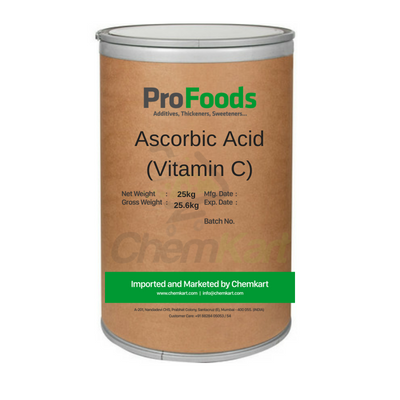 In general, I did not find any reliable information about the differences between children's water and adult water. Of course, by “adult” I don’t mean medicinal table water or tap water, but ordinary non-carbonated bottled water.
In general, I did not find any reliable information about the differences between children's water and adult water. Of course, by “adult” I don’t mean medicinal table water or tap water, but ordinary non-carbonated bottled water.
Baby biscuits
In short, an allergy sufferer's paradise. In general, it is not very clear how manufacturers manage to certify it as baby food. Even the most gentle options for baby cookies contain sugar, wheat starch, milk powder, baking powder, an egg or egg powder. Often there are flavors not listed on the label. Cookies are designed for children of different ages, but in any case, they should hardly get carried away by children under one year old.
Baby juices
In our childhood, juices were often used as first foods. And now, many pediatricians of the old school are advised to give the child juice drop by drop as early as three months. Leaving aside the question of the appropriateness of such an action, let's look at what children's juice consists of and how it differs from an adult.
As with canned food, no artificial preservatives, flavors or flavor enhancers are allowed in baby juices. The words of the manufacturer about "special ecological zones in which apples for children's apple juice are grown" can hardly be believed. Maybe such zones exist in the West, but in Russia this is probably a trick of marketers. However, raw materials for children's juices are subject to very strict control. The TR establishes special requirements for children's juices compared to adults: they limit acidity and sugar content, prescribe a certain nutritional value and vitamin content.
Juice directly pressed from fruit is called "straight juice". If there is no such inscription, then the juice is restored from the concentrate. The label must also indicate whether the product is juice per se, nectar (juice content 40-50%), juice product (at least 10% juice) or fruit drink (made only from berries). This applies to both adults and children's juices.
You should also read the label very carefully - under the big inscription 100% there may be a small postscript "natural" or "healthy".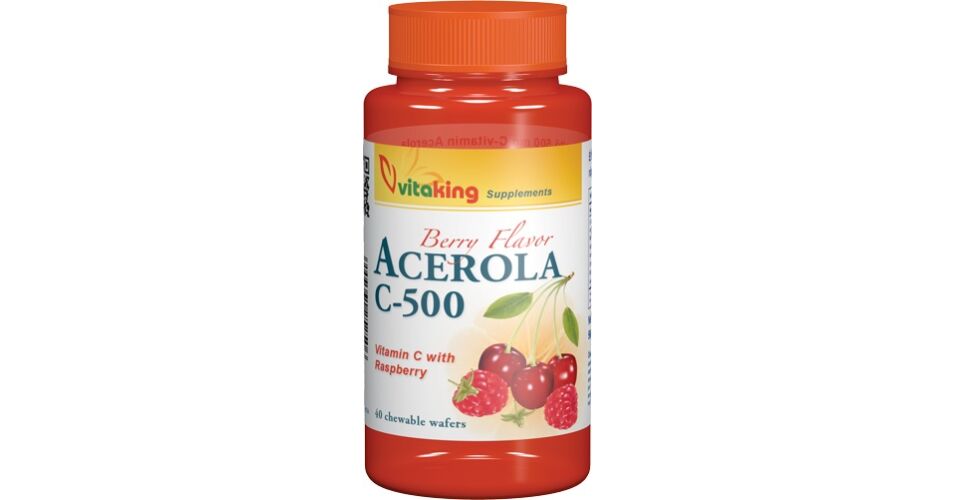 And this will not mean at all that juice is only beneficial. And the only thing is that nectar is disguised as 100% juice at best.
And this will not mean at all that juice is only beneficial. And the only thing is that nectar is disguised as 100% juice at best.
And what to do?
Children's products are indeed checked regularly. Obtaining a permit for the production and sale of baby food is much more difficult and expensive than for "adult" food. It is the companies engaged in the production of children's products that are more likely to do this, they take their toll with a large assortment and sales volume. For large producers or retailers, there is no point in bothering with special certification, for example, for juices; against the background of sales of other products, this will only slightly increase revenue.
A similar situation is observed, by the way, when certifying children's toys, for example, on a rattle you can see a beautiful inscription “from three years old”. This is due precisely to the difficulties of certification, and not to the fact that it is dangerous to give a child a rattle before three years of age.